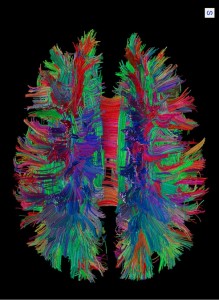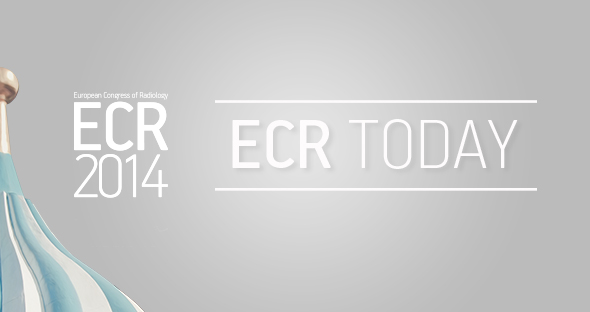MRI reveals the human connectome
Watch this session on ECR Live: Friday, March 7, 16:00–17:30, room BRB
Tweet #ECR2014BRB #NH7
Radiologists often say that the brain is the next frontier. But as diffusion MRI techniques progress, the most mysterious organ in the human body starts to unveil more and more of its secrets, and what was once inconceivable a decade ago is now almost at hand.

White matter fibre pathways of the brain as depicted with MR
tractography.
(Provided by Patric Hagmann, CHUV-UNIL, Lausanne, Switzerland)
Researchers are now better able to understand how neurons connect with one another and how disease affects these connections in the human brain. The production and later study of maps of neural connections obtained with MRI are vital to this task. A dedicated New Horizons session will cover this fascinating topic today at the ECR.
Patric Hagmann, who will chair the session, is an attending physician and neuroradiologist at Lausanne University Hospital (CHUV, Centre hospitalier universitaire vaudois) in Switzerland. In his introduction, he will describe what he calls the connectome, a term he coined in his thesis on diffusion MRI and brain connectomics back in 2005*.
“We could sum up the connectome as a comprehensive map of neural connections in the brain. The production and study of connectomes is what we refer to as connectomics; it may range from a detailed map of neurons and synapses within part of, or all of, the nervous system to a description of the functional and structural connectivity between all cortical areas and subcortical structures,” he said.
In his presentation, Hagmann will not only introduce important concepts related to connectomics like scaling, the relation between structural and functional connectivity, and the integration-segregation, but also show how advances in MRI facilitate the mapping of the human connectome.
